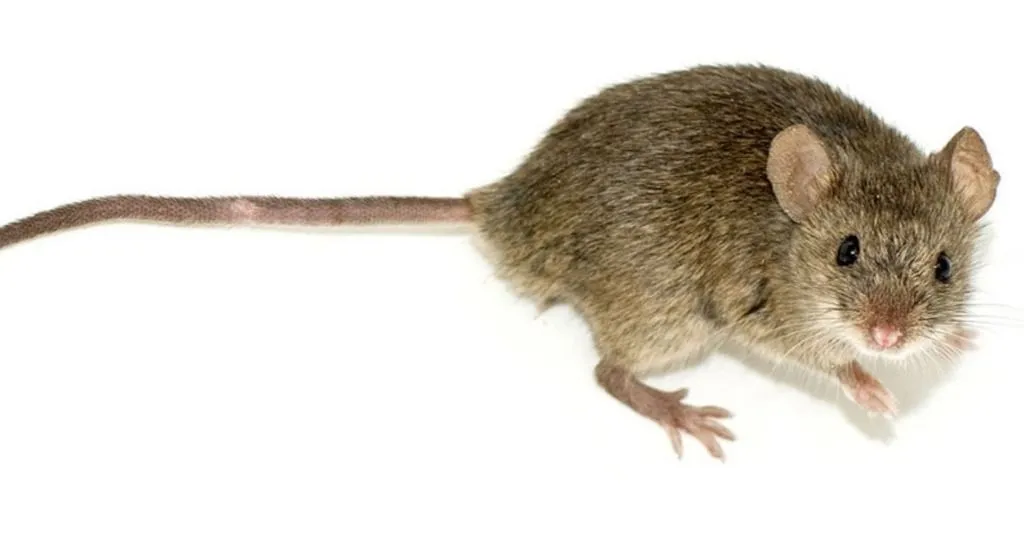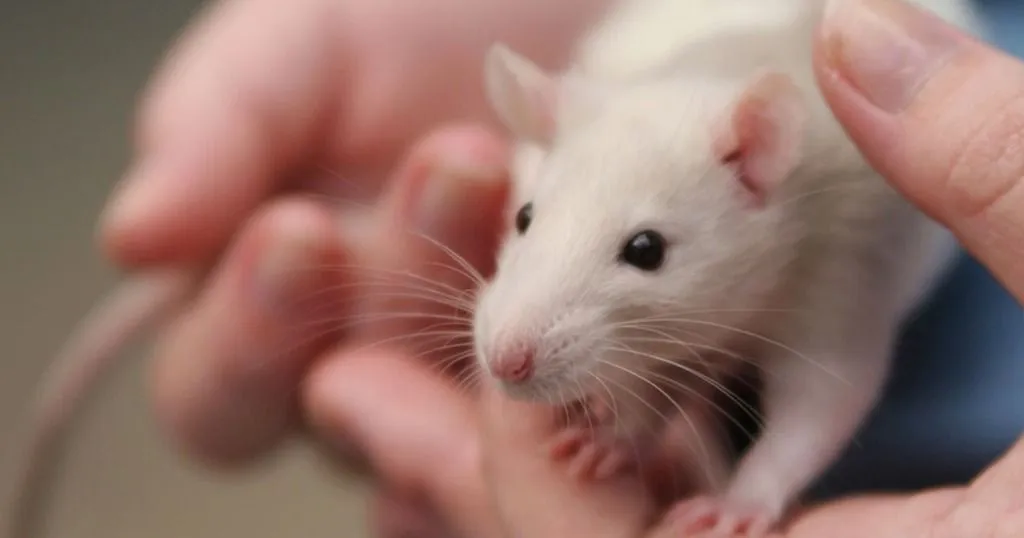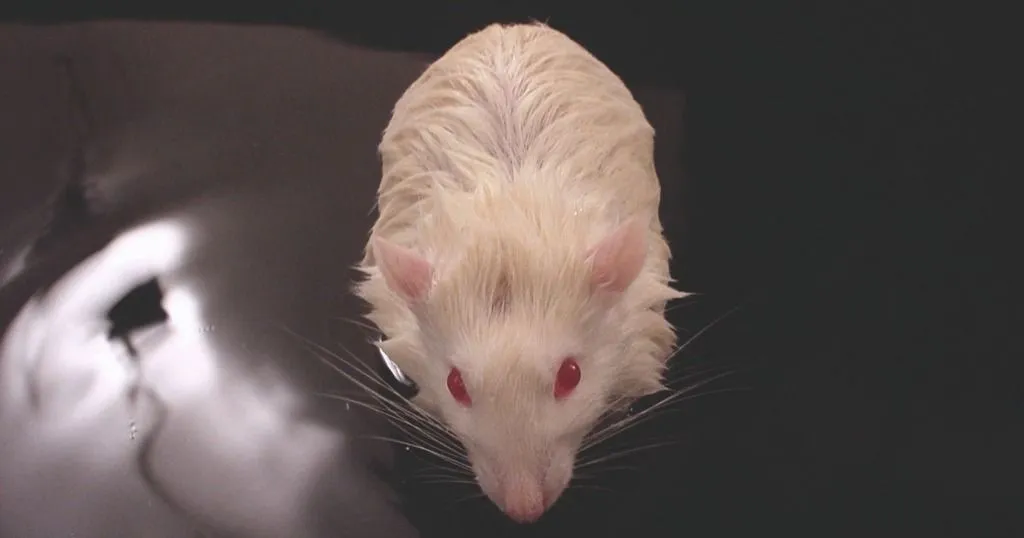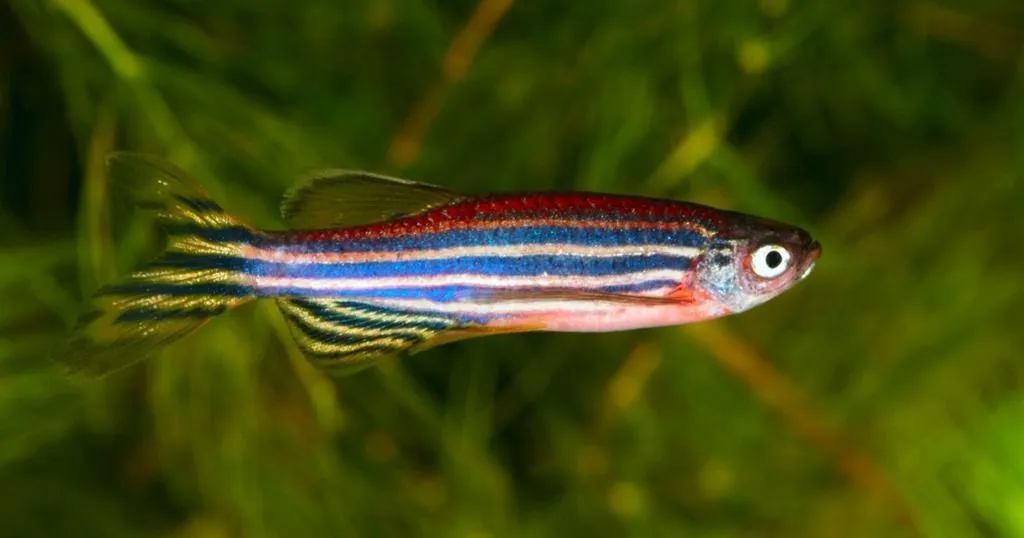How mice regain their memory: Betaine against Alzheimer’s Disease
As a potential Alzheimer medicine, betaine was tested on an AD animal model in a novel object recognition test. Using video tracking, scientists studied the influence of betaine and betaine transporter on mouse memory.
Posted by
Published on
Mon 15 Apr. 2019
Topics
| Alzheimer's Disease | Brain Research | EthoVision XT | Learning And Memory | Mice | Novel Object Test |

A potential Alzheimer’s disease medicine
In the world of science, researchers are always looking for a cure for Alzheimer’s disease (AD). Using various tools like behavioral research tests, the effects of potential new medicines are assessed and their possible mechanisms unlocked.
Betaine
One of those potential drugs is betaine. This substance is often found in plants, and is known to suppress oxidative stress and reduce inflammation. However, its effects on neurodegenerative disorders are still unknown. Using behavioral research and an AD animal model, Ibi and colleagues from Meijo University, Japan, tried to find out what effect betaine has on AD, and how it gets through the blood brain barrier (BBB). They used a novel object recognition test, which should show any effect of betaine on the mice’s memory.
Alzheimer’s disease symptoms
The symptoms of AD mainly result from a specific type of proteins, called amyloid-beta (Aβ). They increase oxidative stress in the brain, which is associated with brain dysfunction. Because of these traits, Aβ is often used to mimic AD in mice.
An AD animal model
For this research, mice were used as a model species. The roles of betaine and its transporter were assessed through the novel object recognition test, and the MDA levels (a marker of oxidative stress) in their brain were measured. The behavior of the mice was recorded and analyzed using Noldus EthoVision XT in order to collect detailed data from the tests.
Betaine transporter
GAT2/BGT-1 is a known betaine transporter in mice, but it is not yet certain if it is responsible for betaine transport through the BBB as well. Therefore, NNC-05-2090 was used, an inhibitor specifically targeting this transporter.
Mimicking (the treatment of) AD
First, the mice were injected with Aβ or distilled water, followed by either a betaine injection or both a betaine and an NNC-05-2090 injection. Betaine was injected either subcutaneously or straight into the brain fluid to see if it is transported through the BBB or not.
Novel object recognition test
To investigate memory function, mice were subjected to a novel object recognition test. After a habituation period of two days, each mouse was trained by letting them explore freely in an open box (30×30×35 cm) for five minutes, with two identical objects placed inside. Five minutes after the training session, the test session started.
One of the objects was replaced with a novel object, and again the mice were allowed to explore for five minutes. An increased interest in the novel object compared to the familiar one indicates recognition of the former as being new, while equal interest in both objects suggests a memory impairment.
Video tracking
All tests were recorded, and data was collected using Noldus EthoVision XT. Data consisted of time spent exploring the objects, and the distance the mice moved. A recognition index was calculated, i.e., the ratio between novel object exploration time and total object exploration time. The same was done for the training session, using instead the exploration time of the object that was replaced with the novel object in the test session.
After the sessions, MDA levels in the mice’s brain were measured to determine the levels of oxidative stress.
Effectiveness of betaine in AD treatment
Betaine as a potential medicine
The control mice had a higher recognition index for the novel object in the test session than in the training session. The preference of Aβ injected mice for the novel object was significantly lower, indicating a decreased ability of object recognition. When Aβ treatment was combined with a betaine injection, however, the mice seemed to behave similar to the control mice. This indicates that betaine could be effective in fighting AD symptoms.
The role of GAT2/BGT-1
The mice treated with NNC-05-2090 after their betaine and Aβ treatment had similar MDA levels as mice not treated with the inhibitor, indicating that GAT2/BGT-1 is not involved in distributing betaine to the brain. However, NNC-05-2090 treatment decreased the improving effects that betaine had on the memory of the mice, indicating that GAT2/BGT-1 might be involved in betaine transport after all.
It is possible though, that the antioxidant effects of betaine result from lesser known transporting mechanisms than GAT2/BGT-1. It is also possible that the transporter expression pattern changes depending on the situation.
Several different types of AD medicines are already on the market, but betaine is the first potential medicine that can act preventively, instead of just easing the symptoms.
Conclusions
This study shows that betaine significantly improves memory and oxidative stress in mice, which indicates that a new AD medicine might have been found. The role of GAT2/BGT-1 is not entirely clear yet, since the treatment with its inhibitor seemed to point towards two mutually exclusive possibilities. Therefore, the exact properties of GAT2/BGT-1 should be studied further.
Reference
Ibi, D.; Tsuchihashi, A.; Nomura, T. & Hiramatsu, M. (2019). Involvement of GAT2/BGT-1 in the preventive effects of betaine on cognitive impairment and brain oxidative stress in amyloid β peptide-injected mice. European Journal of Pharmacology, 842, 57-63.
Related Posts

How researchers use the Morris water maze to find treatments for Alzheimer's

Mice with Alzheimer’s disease walk well but remember poorly

